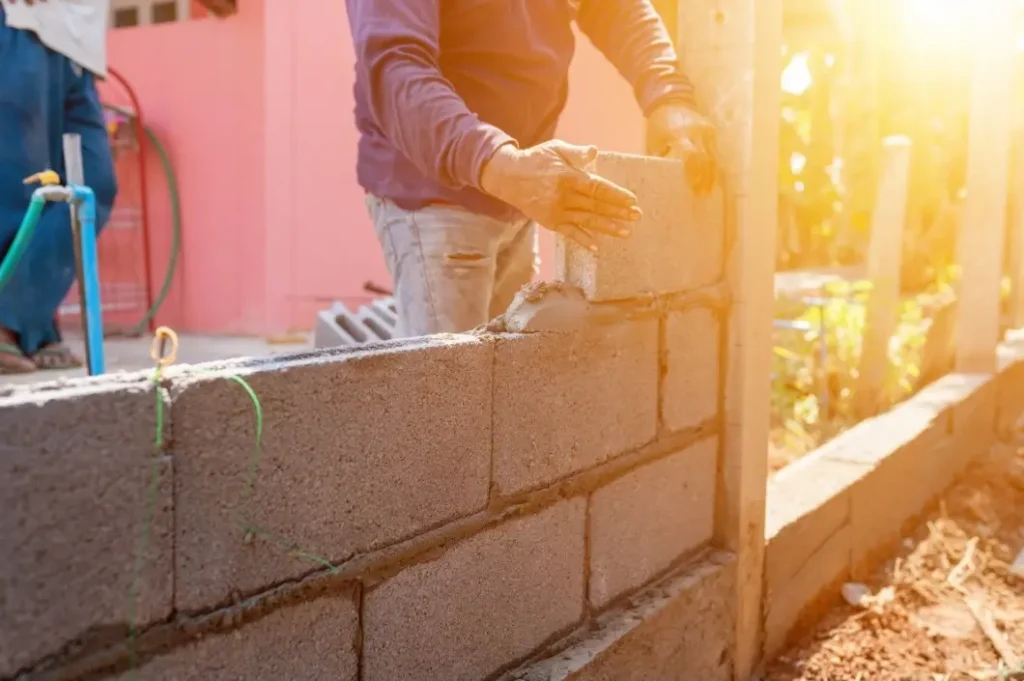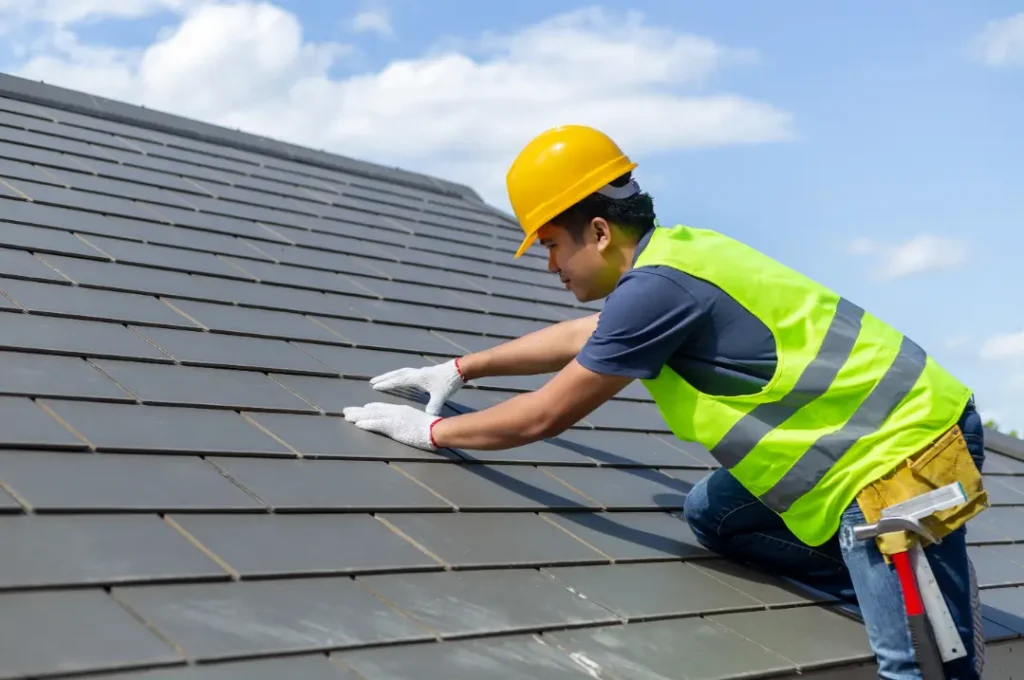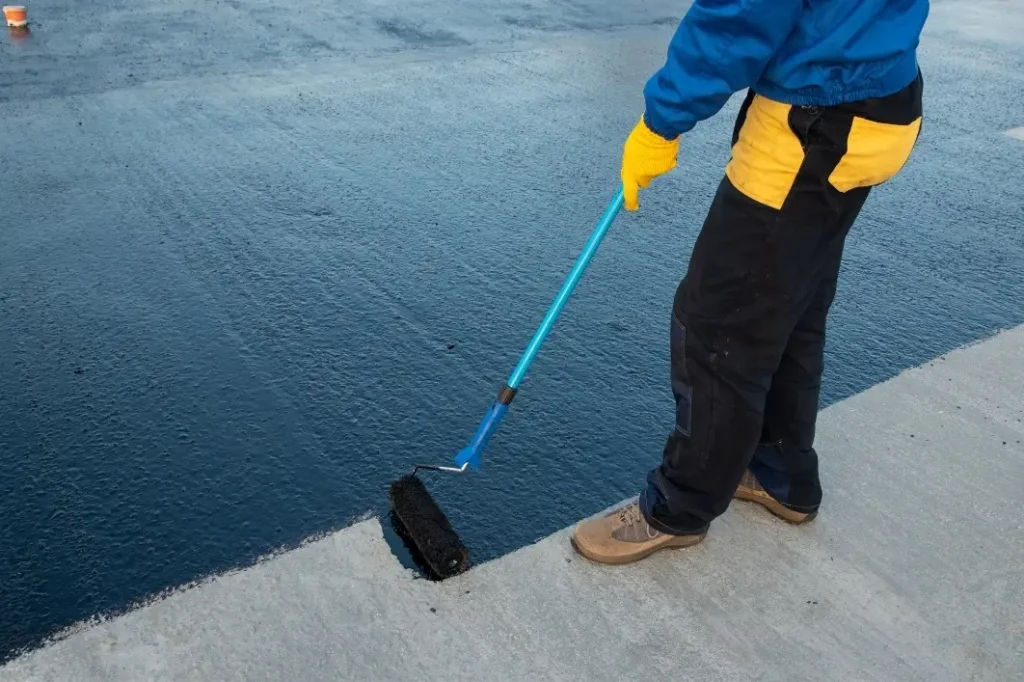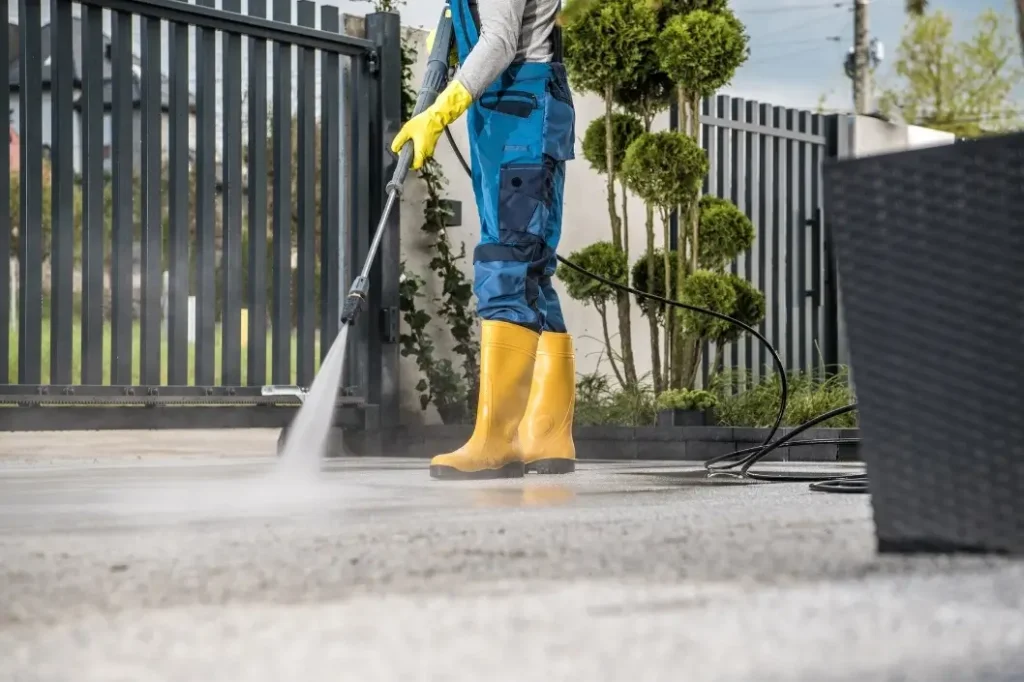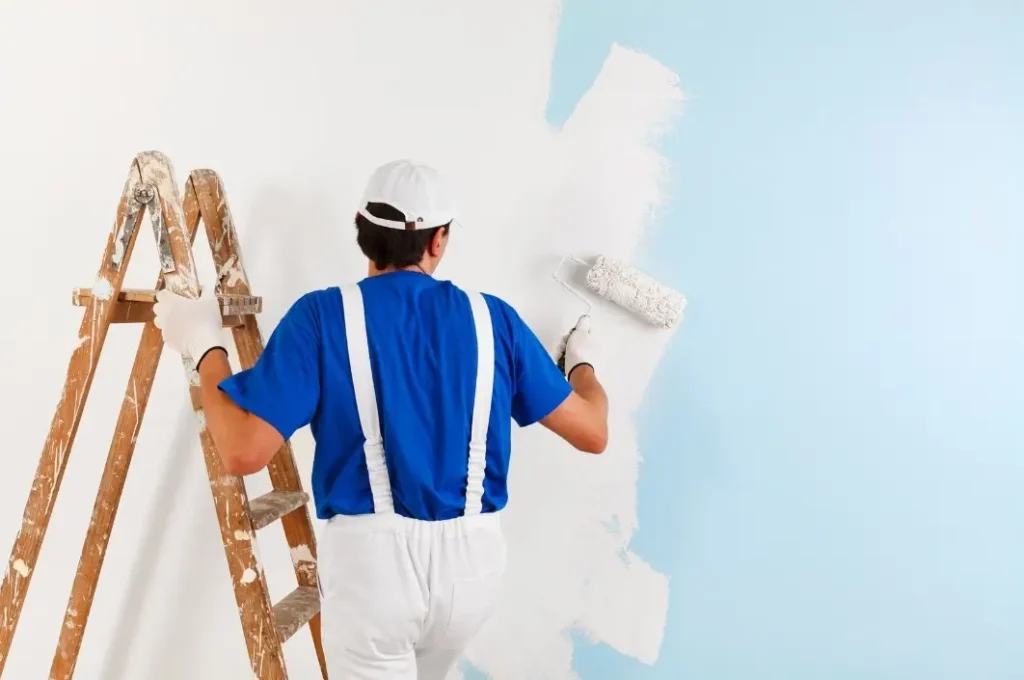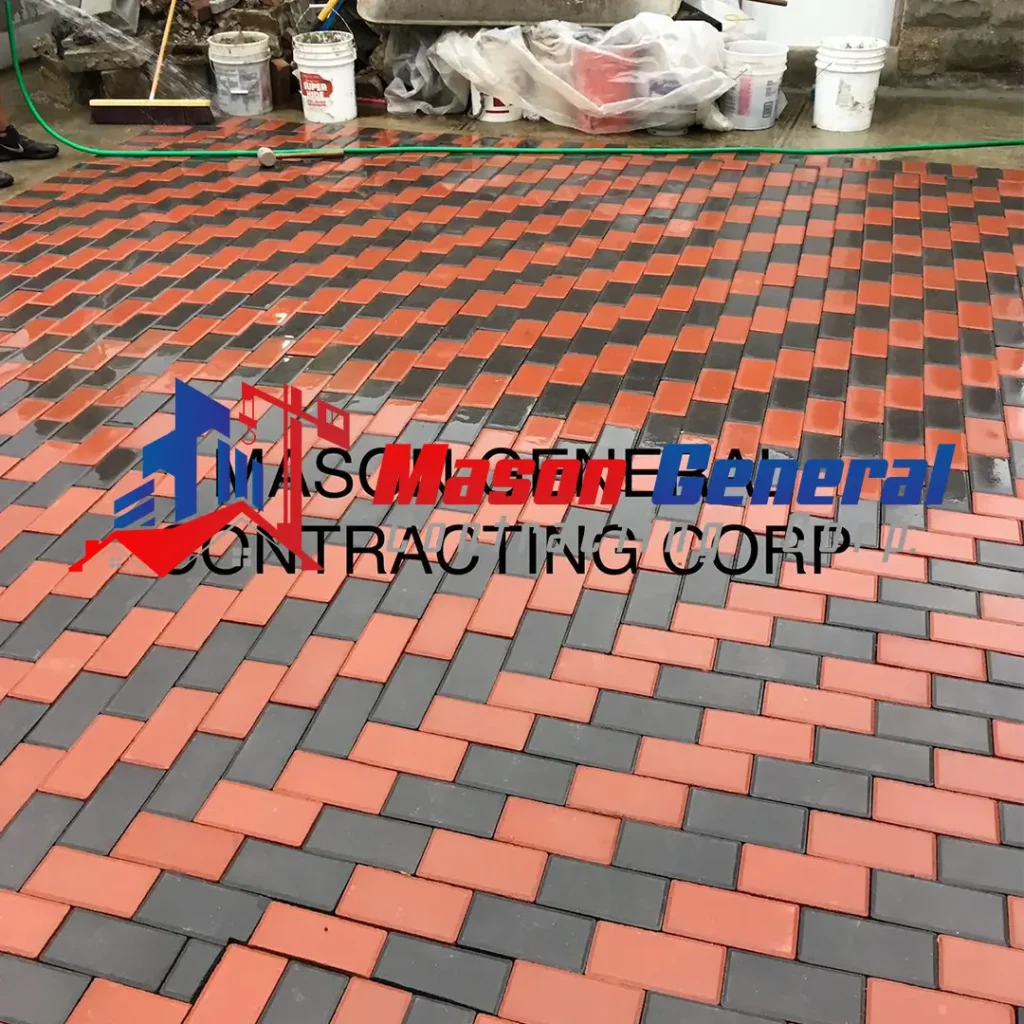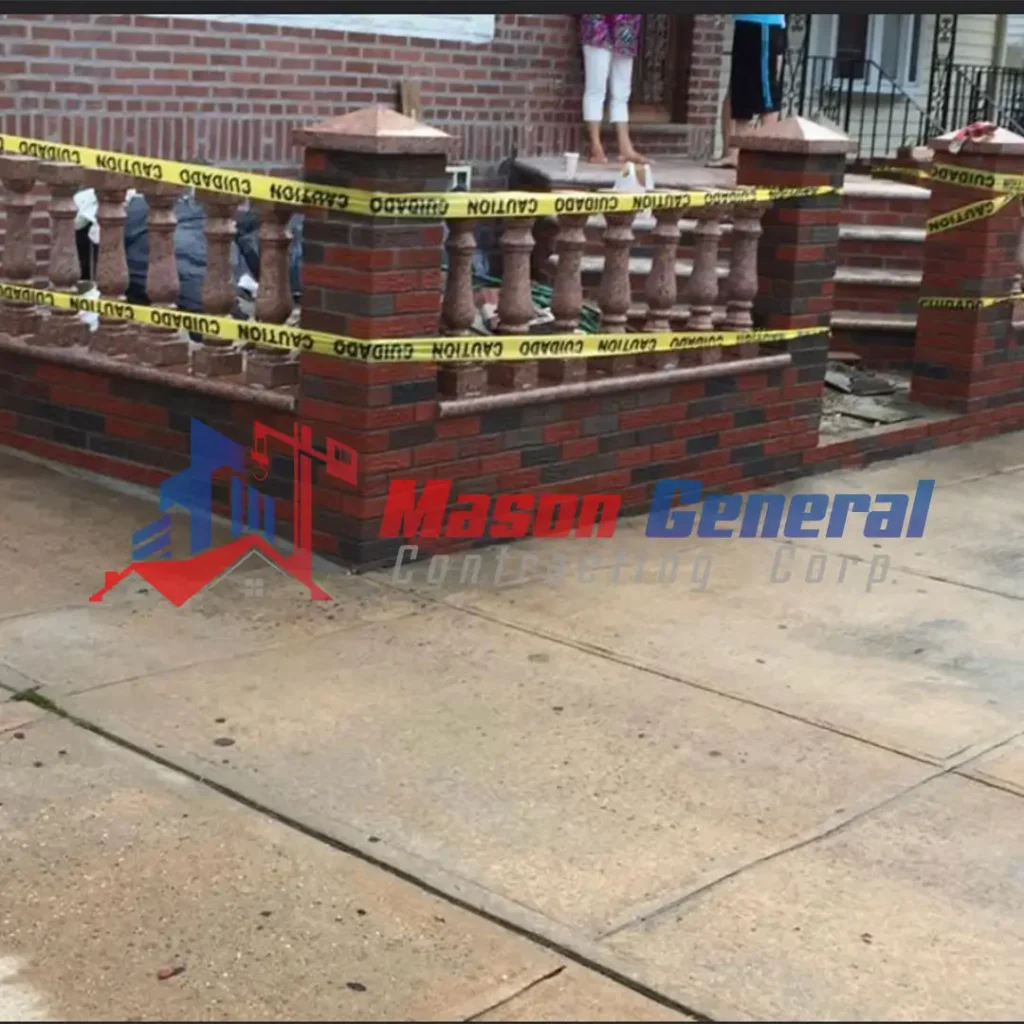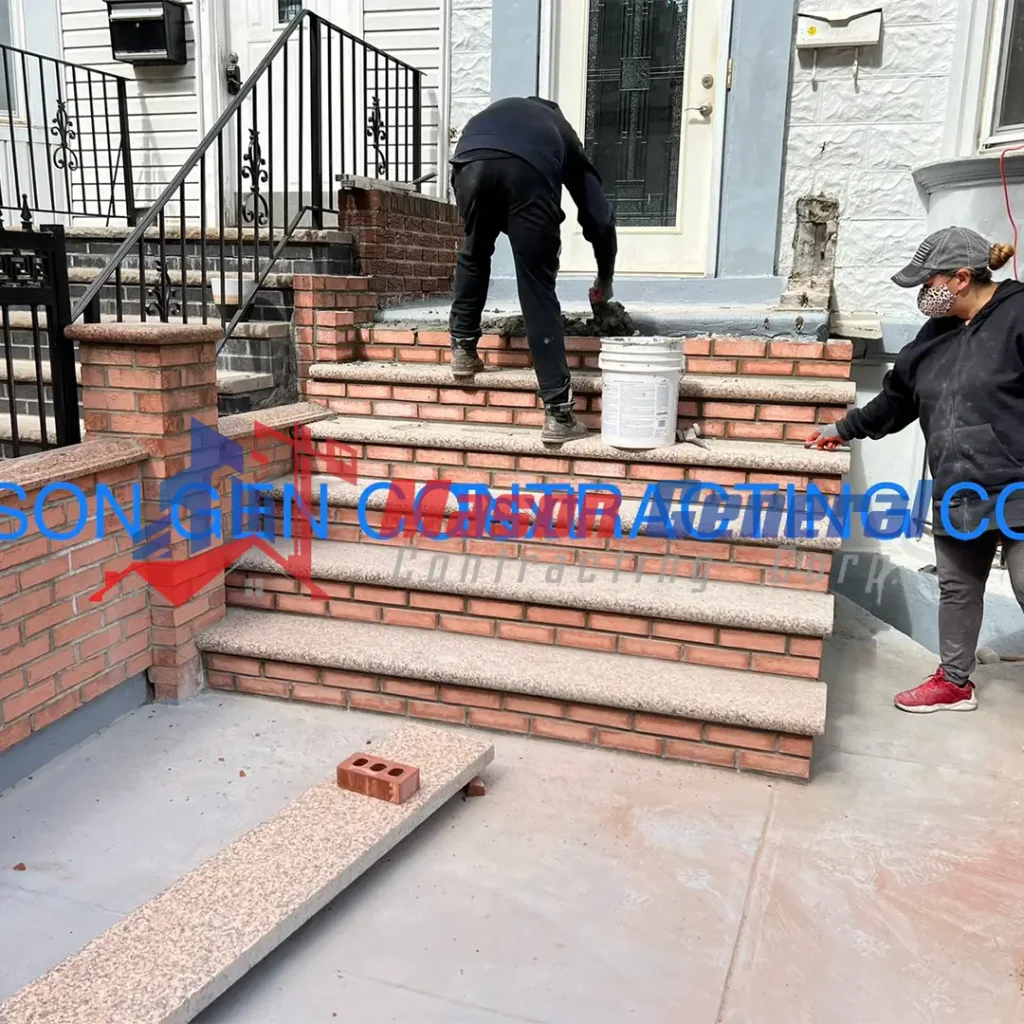Flat roofs are an architectural feature that can bring a modern edge to home design, particularly in urban settings like New York City. However, understanding what is the best material for a flat roof is crucial to ensure its longevity and effectiveness. There are several options available, each with its own set of benefits and drawbacks. In this post, we’ll explore the best materials for flat roofs, helping homeowners make an informed decision.
Introduction to Flat Roofs
Flat roofs are popular due to their sleek, contemporary look and practicality. They offer extra living or storage space, ideal for rooftop gardens or solar panel installations, which are commonly seen on NYC flat roofing projects. However, maintaining the integrity and durability of a flat roof requires careful consideration of materials. Unlike sloped roofs, flat roofs must handle water drainage more efficiently to prevent leaks and damage.
Understanding the importance of durability and regular maintenance is key when considering a flat roof. A well-maintained flat roof can last decades, protecting your home from weather extremes. Choosing the right flat roof material can minimize long-term issues and maintenance costs.
Types of Flat Roofing Materials
Asphalt

Asphalt is a traditional choice for roofing and is known for its affordability. It provides a decent level of water resistance and is relatively easy to install. However, asphalt may not be ideal in areas with extreme weather conditions, as it can crack over time.
Hypothetical Example: A homeowner in Brooklyn opted for an asphalt roof to fit within a limited budget. However, after a few seasons, the roof showed signs of wear from heavy rain and fluctuating temperatures, highlighting the importance of regular inspections and coatings.
EPDM (Rubber)

EPDM rubber roofing is highly valued for its durability and flexibility, making it suitable for diverse weather conditions. It’s also eco-friendly, as it’s often made from recycled materials, and offers excellent insulation properties. Though installing EPDM can be more costly upfront, it requires less maintenance over time. It’s ideal for NYC homeowners seeking a low-maintenance and long-lasting roofing solution.
Customer Experience: A property owner in Queens selected EPDM for a flat roof renovation, aiming for long-term durability and low maintenance. After ten years, the owner reported minimal issues and attributed the roof’s condition to the quality of materials and installation.
TPO (Thermoplastic Polyolefin)

TPO is a newer roofing material gaining popularity due to its energy efficiency and UV resistance. It reflects sunlight effectively, reducing cooling costs in warmer seasons. TPO is lightweight and easy to install, making it a convenient option for many homeowners.
Example Scenario: A Manhattan homeowner wanted an energy-efficient, budget-friendly option. They selected TPO and noticed reduced energy bills during the summer, with proper seam maintenance ensuring optimal performance.
PVC (Polyvinyl Chloride)
PVC roofing combines durability with energy efficiency. It’s resistant to chemicals, fire, and moisture, making it ideal for both commercial and residential properties. PVC roofs can last 15-30 years and require minimal maintenance, which appeals to many NYC residents.
Case Study: A business owner in the Bronx chose PVC roofing for their building. Though the upfront installation was more expensive, the energy savings and minimal upkeep proved cost-effective over the years, supporting their decision to invest in PVC.
Modified Bitumen

Modified bitumen is another asphalt-based material that offers enhanced durability and flexibility, ideal for flat roof installation in New York. It’s resistant to extreme temperatures and can withstand foot traffic, making it suitable for roofs with regular activity.
Hypothetical Scenario: A Staten Island homeowner used modified bitumen for their rooftop terrace. This option provided both durability and comfort for occasional gatherings, with annual inspections helping to maintain optimal performance.
Factors to Consider When Choosing the Best Material for Your Flat Roof
Climate and Weather Conditions
Your local climate significantly influences the performance of flat roof materials. Consider factors like temperature fluctuations, rainfall, and wind speed when selecting a roofing material. For instance, rubber and PVC excel in areas prone to heavy rains, typical in New York City, due to their water-resistant properties.
Longevity and Maintenance
Evaluate how long you expect your roof to last and the level of maintenance you’re willing to undertake. Some materials may have higher upfront costs but require less frequent maintenance or replacement. Weighing the long-term benefits against the initial investment can help you determine the best fit for your needs.
Budget and Installation Costs
Your budget will play a role in material selection. While some materials require a larger initial investment, they may save you money in the long run through reduced maintenance and increased energy efficiency.
Energy Efficiency
Energy-efficient materials like TPO and PVC can reduce your home’s energy bills by reflecting sunlight and reducing heat absorption. If sustainability is a priority, look for materials that offer strong insulation and UV protection to maximize savings.
Recommended Material Based on Specific Homeowner Needs
Each material has strengths that make it suited for different needs:
- Budget and Installation Ease: Asphalt is the way to go for a cost-effective solution, though it may require frequent upkeep.
- Durability and Low Maintenance: EPDM or PVC provides long-term benefits, especially in harsh weather conditions.
Consider your priorities—cost, energy efficiency, or longevity—when choosing the right flat roof material.
Maintenance Tips to Prolong the Lifespan of Your Chosen Flat Roof Material
Once you’ve selected a material, regular maintenance is essential to ensure its longevity. Schedule annual inspections with a professional roofing contractor to identify and resolve minor issues before they escalate. Clean drains and check for signs of wear or damage frequently. Applying protective coatings or sealants can enhance your roof’s resilience against environmental factors, which is particularly important in New York’s diverse climate.
Conclusion
Choosing the right material for your flat roof can significantly impact your home’s protection, energy efficiency, and maintenance requirements. By assessing factors like climate, maintenance, and budget, you can find a flat roofing solution that’s a perfect fit for your needs.
If you’re still unsure of what is the best material for a flat roof or want tailored advice, reach out to Mason General Contracting Corp. Our experienced team can guide you in selecting a durable, energy-efficient, and cost-effective solution for your NYC flat roofing needs. Don’t compromise on quality—select the best material for your roof today!

